Residents in rural Angus are fighting back against “monster” pylons which will scythe through the countryside.
Many on the proposed route fear the value of their homes will plummet and serene views will vanish overnight if the scheme gets the green light.
The impact on woodland and wildlife is another huge concern for locals.
Scottish and Southern Electricity Networks (SSEN) is in the development stages of a new 400kW power line and have been holding public consultations on its plans.
The line would link Kintore in Aberdeenshire with two new substations.
One of these would be situated near Tealing.
But many residents in the places the proposed line will pass through have made their opposition to the pylons and related infrastructure clear.
“There is a lot of angst”, says Amanda Martin, a member of the Angus Pylon Action Group (APAG).
“If there are loud enough voices at the consultation for one route, then SSEN have to be seen to be acting on it.
“Then they move it and there are more consultations and objections.”
Angus pylon campaigners stand against plans to ‘industrialise’ the Angus countryside
APAG has around 2,200 members on Facebook and is working with other groups set up to oppose SSEN’s plans in Deeside, the Mearns and at Tealing.
When I meet her she has gathered 17 fellow residents living in or near Lochty near Brechin.
It is at short notice and it is a Sunday morning.
These are people that have recently discovered that pylons averaging 40-60 metres in height will be passing near their homes after previous plans to route the line further east were altered.
APAG tells me some could even reach 70 metres.
The towering spire of St Andrews’ Church in Montrose stands at 67 metres.
Edinburgh Airport’s control tower is 57 metres tall.
“We were still under the assumption that this was going down the Careston route”, adds Amanda, a local of the rural Menmuir area near Brechin.
“The whole agricultural Strathmore valley is stunning and they are going to industrialise it when it can go subsea.
“It will be going through deciduous woodland. It’s cutting down beech trees and homes for red kites and red squirrels.
“There will be 200 tonne trucks and vehicles going along these tiny little roads and on that land to build the pylons.
“They are going to ruin it over a four year period of construction time.
“It’s going to take many years to regenerate around those structures.”
‘We didn’t buy the house. We bought the view’
Hillary and Graeme Ney have been living in a house jn Lochty for 36 years.
It is one of a line of just eight houses along a quiet country lane that is well away from the A90 dual carriageway.
It is quiet and serene. The views westwards are of empty rolling fields and the Cateran hills in the distance.
“We didn’t buy the house. We bought the view”, the couple say in unison.
Hillary continues: “It envelopes you and becomes part of you. That view is what I wake up to from my bedroom window.
“I’m glad that everybody is with each other, but it’s a violation of the countryside.
“It’s not just about us, but the actual wildlife here which goes on and on. We are only holders of these places.”
Hillary reveals she had found out about the new route a week previously when a farmer – Ian Thompson – posted updated maps through his neighbours doors.
The planned line of pylons will dissect the field behind the couple’s house.
“They can never repair our view”, adds Hillary.
“If Ian hadn’t come up to talk to us we wouldn’t have known anything about this.
“It appears that it’s the ones that shout loud enough that are getting the pylons re-directed now.”
Are power line route changes ‘pitching neighbour against neighbour’?
Joining the couple is Alan Joiner, a local who planted 75 acres of trees in a shallow valley nearby around 30 years ago.
“There is lots of wildlife there and they are going to whack a load of pylons right through the middle of it”, he says.
“It’s ridiculous. I’m horrified and I cannot believe it.”
“All they are doing is going down the line of least resistance and I’m not having it.
“The trouble is that it doesn’t matter where it goes. It’s going to be an eyesore for someone because the pylons are bloody ugly.”
Amanda is not the only who can see the difficulties in continuing to alter the routes of the power lines.
Another local resident, Edward Troughton adds: “They are pitching neighbour against neighbour and route against route.
“They could put it underground, but apparently it is incredibly difficult.
“The lines underground heat up massively, so they have to come up every mile or so.”
Tealing already being ‘pummelled’ by pylons and energy infrastructure
Meanwhile, pylons are nothing new for the residents of Tealing.
The village is situated beside an existing 275kW substation that has been expanded in recent years.
SSEN want to supplement this with a 220-acre 400kW substation called the Emmock Substation.
This is near Balkemback Farm and will facilitate the new and more powerful Kintore-Tealing line.
Pylon towers and power lines are already scattered across the landscape here.
“The pylons were here before us and we’re not overreacting because we are used to all this”, says Alison Wiseman, owner of Balnuith Alpacas.
“Tealing is already getting pummelled.
“We’ve now become friends with all the groups up the line because everybody knows that if Tealing gets stopped, then this won’t happen.
OnPath are also applying for a 1400 megawatt battery energy storage system to be built in the small area between Balnuith and the existing substation.
This is just one of five contracted projects in the area that SSEN is aware of and is adding to Alison’s concerns.
Balnuith Farm braces itself for SSEN development
Alison and her husband John Wiseman – chairman of the Stop Tealing Industrialisation Group (STIG) – have enjoyed the views of the Sidlaw Hills westwards from their farm for 16 years.
And just north of the existing substation is their rare breed farm, which they set up 14 years ago.
It is home to alpacas, llamas, rare donkey breeds and Swiss Valais black sheep.
The couple’s farm is barely 100 metres from a pylon tower that stands at over 50 metres tall. But how will the new development impact their lives?
“That site is going to have 30,000 HGVs for one phase of it. How are we going to get 30,000 vehicles on that wee road?”, asks Alison.
“And that’s just for the construction. I’m worried about the animals and even more concerned about our rural living.
“You can see how peaceful and tranquil this is and we’ve worked hard all our lives to set this up.
“But worst than that is we are trapped. We can’t leave because nobody is going to buy this.
“We’re stuck with all the noise and stress and we will have no income.”
“Who’s going to come for a nice walk past the building sites?
“Somebody needs to help us here. We are not harming anybody and are paying our taxes.
“We’re just trying to protect our life and it’s absolute madness on all levels.”
SSEN held its last planned public consultation on the Tealing substation on July 17.
What are SSEN saying about the Angus pylons plans?
The multinational energy company referred The Courier to its dedicated project webpages for its Kintore-Tealing plans when asked for comment.
It sees the new line as a key part of investing in Scotland’s drive towards net zero, forming part of a £20 billion plan to produce cleaner energy in the north of Scotland.
The planned 400kW power line will have the capacity to “enable future connections and export routes to areas of demand”.
SSEN says it has made changes to its original proposals for the line, responding to feedback it has received from community consultations.
It is also actively considering overhead line alignments proposed by community representatives and landowners.


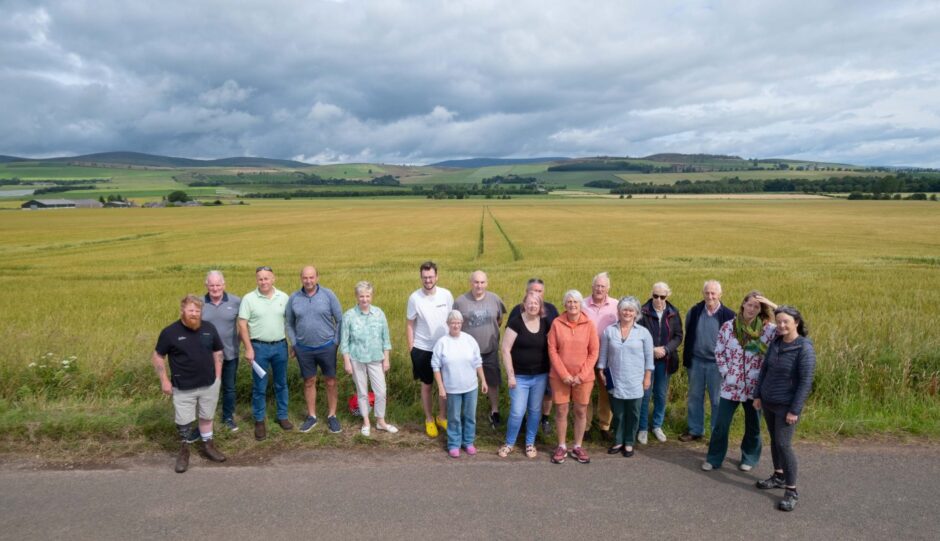
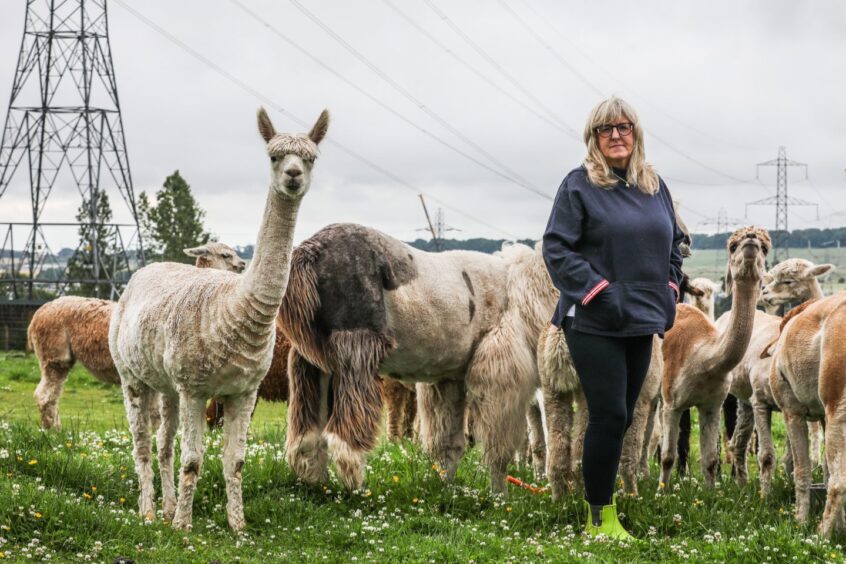
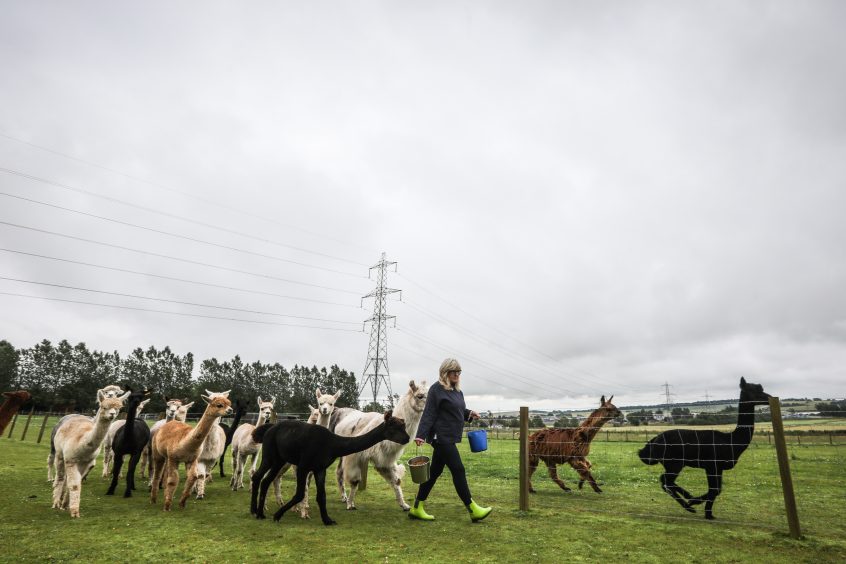

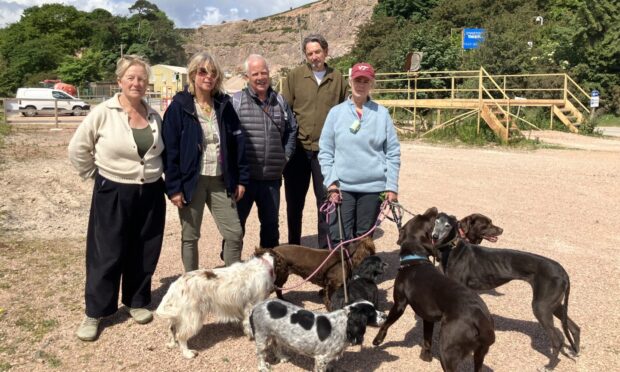

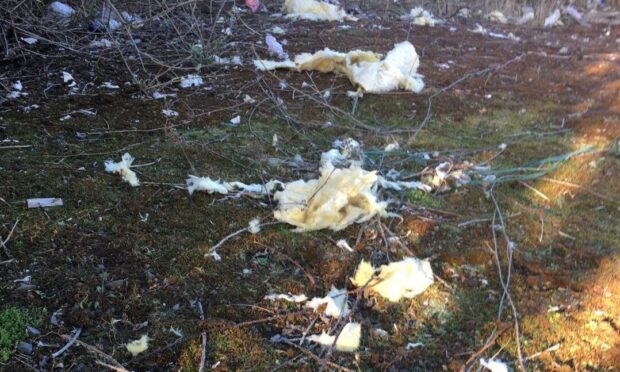
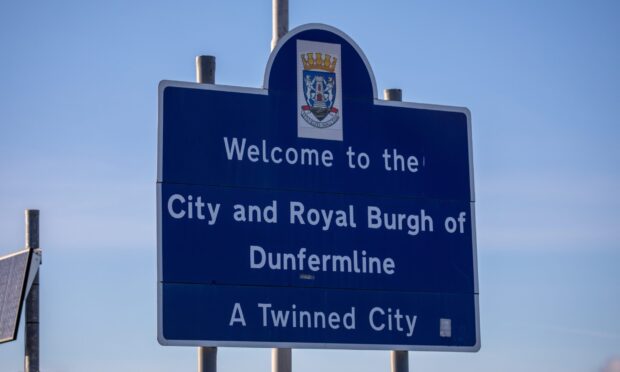
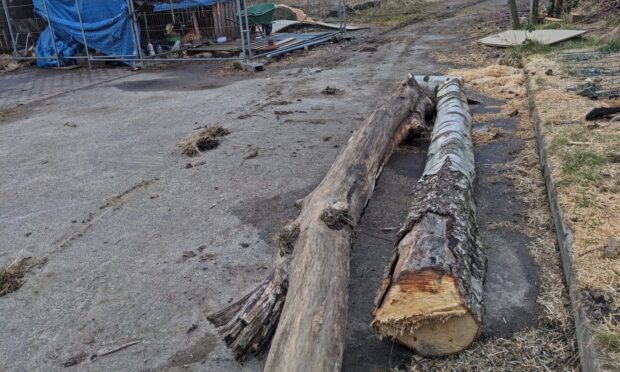
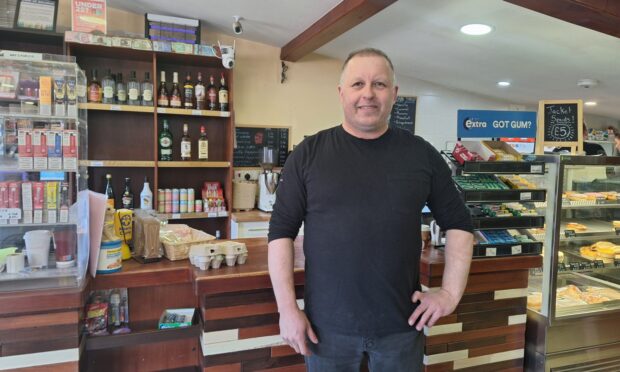



Conversation